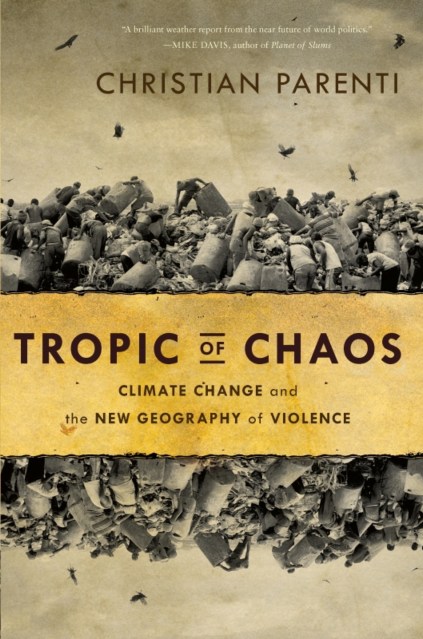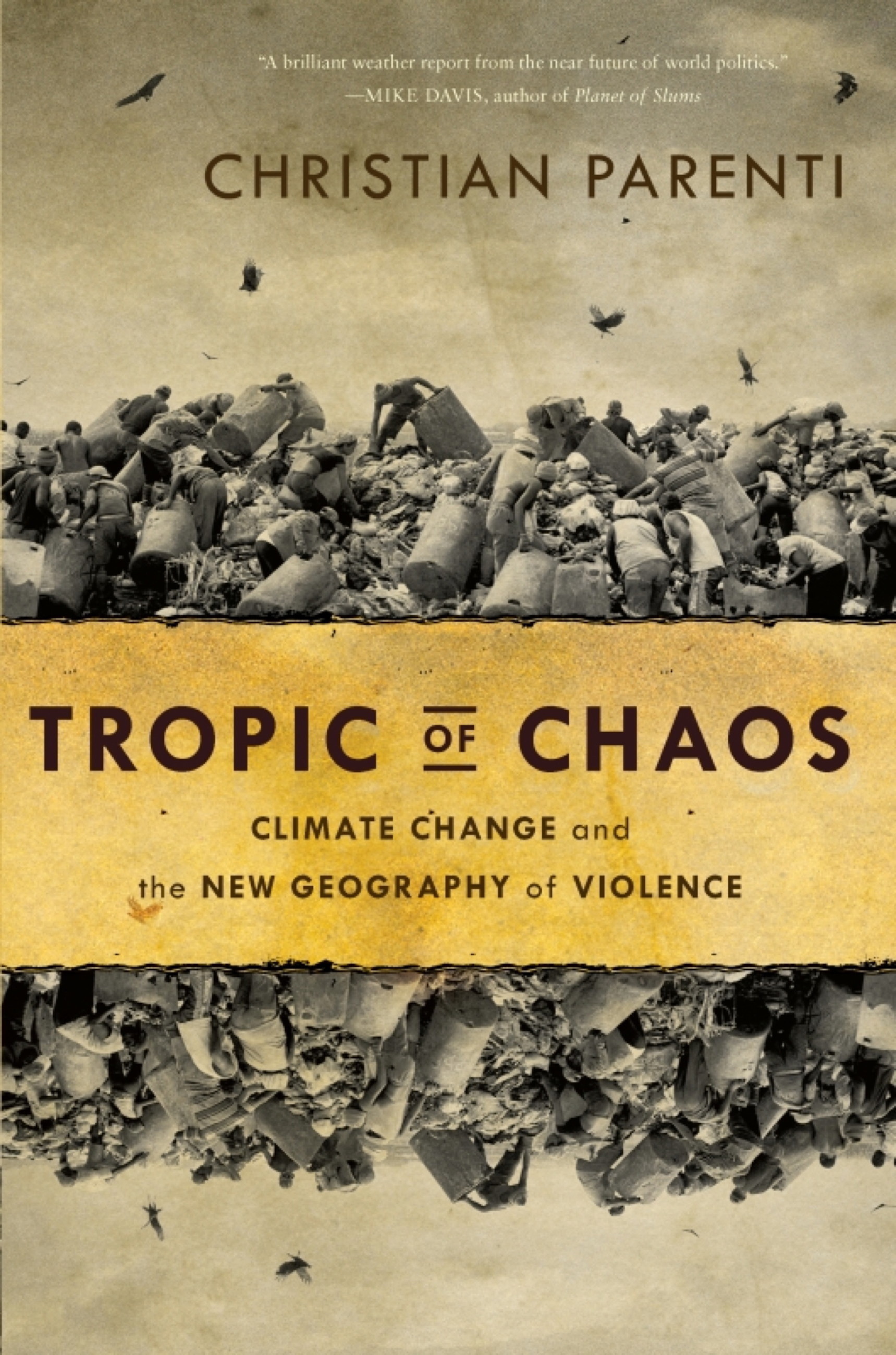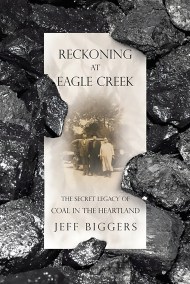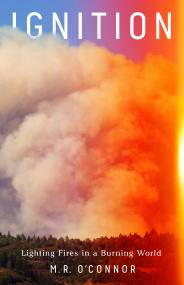Promotion
Use code BEST25 for 25% off storewide. Make sure to order by 11:59am, 12/12 for holiday delivery!
By clicking “Accept,” you agree to the use of cookies and similar technologies on your device as set forth in our Cookie Policy and our Privacy Policy. Please note that certain cookies are essential for this website to function properly and do not require user consent to be deployed.
Tropic of Chaos
Climate Change and the New Geography of Violence
Contributors
Formats and Prices
- On Sale
- Jun 28, 2011
- Page Count
- 304 pages
- Publisher
- Bold Type Books
- ISBN-13
- 9781568586625
Price
$11.99Price
$15.99 CADFormat
Format:
- ebook $11.99 $15.99 CAD
- Trade Paperback $16.99 $19.99 CAD
This item is a preorder. Your payment method will be charged immediately, and the product is expected to ship on or around June 28, 2011. This date is subject to change due to shipping delays beyond our control.
Buy from Other Retailers:
In Tropic of Chaos, investigative journalist Christian Parenti travels along the front lines of this gathering catastrophe–the belt of economically and politically battered postcolonial nations and war zones girding the planet’s midlatitudes. Here he finds failed states amid climatic disasters. But he also reveals the unsettling presence of Western military forces and explains how they see an opportunity in the crisis to prepare for open-ended global counterinsurgency.
Parenti argues that this incipient “climate fascism” — a political hardening of wealthy states– is bound to fail. The struggling states of the developing world cannot be allowed to collapse, as they will take other nations down as well. Instead, we must work to meet the challenge of climate-driven violence with a very different set of sustainable economic and development policies.
Newsletter Signup
By clicking ‘Sign Up,’ I acknowledge that I have read and agree to Hachette Book Group’s Privacy Policy and Terms of Use



